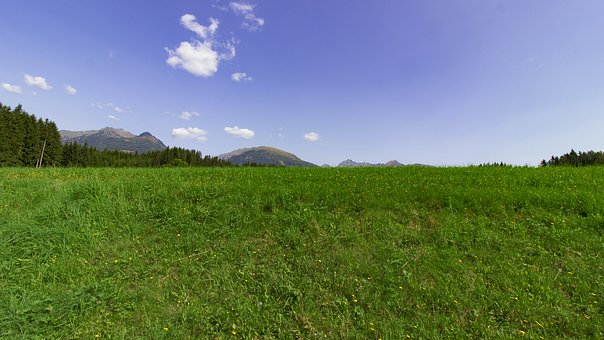However, milk production also contributes to environmental impacts there, such as greenhouse gas emissions, nutrient losses and land use. In order to evaluate this as an example, life cycle analyzes were carried out on 20 organic dairy farms in the Lungau region. Cumulative exergy demand (CExD), normalized eutrophication potential (EP), aquatic ecotoxicity potential (AE) and global warming potential (GWP) were used as impact categories to describe the environmental impacts of the farms.
Selection of companies
The companies were part of a pilot project with the aim of producing high-quality dairy products and closing production cycles within the project region. As a result, the purchase of important resources outside the company was only possible within the project region. The environmental impacts of the 20 farms were based on the functional units (FU) of 1 kg of energy-corrected milk (ECM) and 1 ha of agricultural land for milk production and compared with a representative model dairy farm (MDF).
Results
Compared to MDF, the results from the Lungau farms show ∼58% less EP per ha and -44% per kg ECM. In addition, the CExD per ha was 24% lower, indicating a lower use of resources due to the lower production intensity of the Lungau farms. In terms of GWP, the Lungau farms are favorable if 1 ha is used as FU, while the MDF appears advantageous if 1 kg of ECM is used as FU. Overall, we identified three main production parameters that determine the environmental performance of milk production in a closed production cycle in a disadvantaged area, namely (1) the stocking density (2) the concentrated feed fed and (3) the purchased roughage. Using these inputs at moderate intensity, the extensively managed Lungau farms can make a competitive contribution to food production and thus underline the importance of location-adapted agriculture.
Information about the study
This study was carried out as part of the Reine Lungau B³ and FarmLifeCF .
More information about the results can be found in this publication .
team

Dr. Markus Herndl
Soil Science and Lysimetry Department, Head of the Eco-Efficiency Research Group






